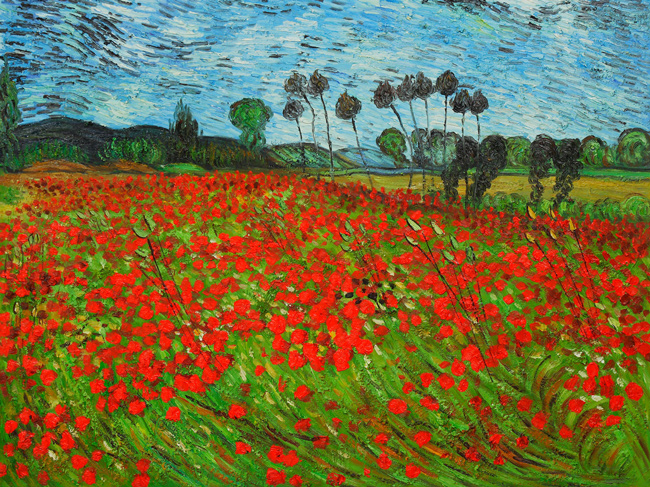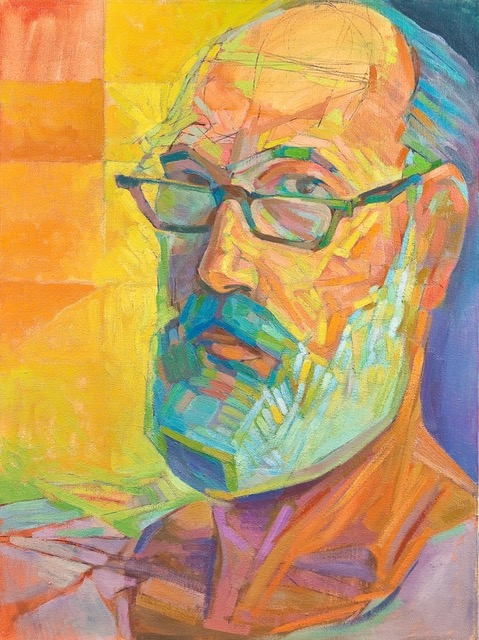Shortly after I opened the studio, I designed a back-screen projector that was superb. A student’s father was a very clever mechanic, carpenter, electrician – he did it all. I gave him my plans, and he created the projector for me. Since I had given both of his kids scholarships, he only charged me the cost of materials.
I bought a very expensive piece of glass and had it sandblasted on the back. When an image was projected on it from behind, it would be caught in the coarse surface of the glass. From the other side, it was a brilliantly lit projected slide. It was alive! The color, the light, the dark, the definition. The projector was on rollers, so I could move it.
In the big lecture area where the classes were held, I had a wooden device that swung down from the ceiling and I mounted the projector on that. I had a remote system for triggering the next slide. The drop-down screen was about fifty feet away. I had telephoto lenses on the projector, and those slide carousels carried a hundred-some-odd slides without jamming. The entire system was tailor-made and had all the bells and whistles. Everything worked liked well-greased gears. It looked effortless.
Through the years I collected hundreds and hundreds of slides that I had taken from all the art books I ever had. I had a massive library, which is now in storage. There are so many art books that are too basic and such poor quality. My library and reading list was the best of the very best. These were the books that had taught me when I was teaching. I was able to integrate and relate very complex concepts in a way students could understand, and utilize. With my slides and the back screen projector, I could draw directly over an image to perfectly illustrate how the master artist whose work we were analyzing employed geometric design and the Golden Section. Students could see the sophisticated, disciplined structure in every work from the brilliant minds of artists such as Leonardo, Michelangelo, and Picasso.



